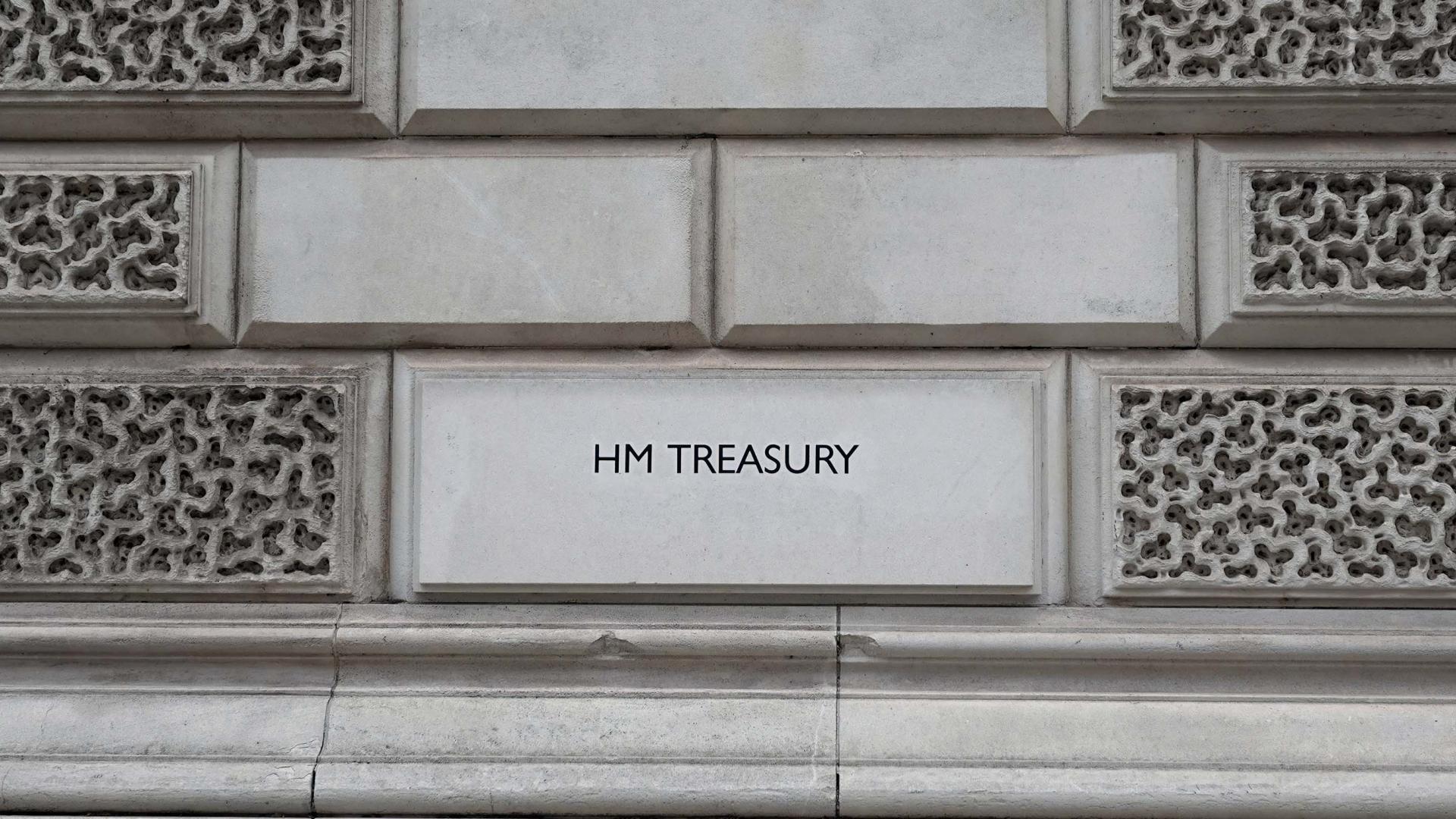It’s not often that I find someone sounding even more concerned than I am when it comes to assessing the state of the public finances, but I may have found just such a person last week when, as has become traditional in the wake of fiscal events, I was giving evidence on the autumn statement to the Treasury select committee. Sitting next to me, Jumana Saleheen, chief economist at Vanguard Europe, spoke of the risk that we are entering a fiscal “doom loop”.
I’m not actually any less worried. That risk is all too real. The national debt is stuck at about 93 per cent of national income. There is no sign of it falling and there was nothing in the autumn statement to get it on a decisively downward path.
Meanwhile, we are spending more on servicing that debt than we have done in decades. Spending on debt interest looks likely to settle about 2 per cent of national income higher than it was pre-pandemic. The increase in our debt interest spending alone will be equivalent to the entire defence budget. This year we will be spending more on debt interest than on any public service bar the NHS.
The trouble is that with high debt, higher interest rates and low growth we risk being stuck on a treadmill, or in a “doom loop”. Simply to stop debt rising, we will have to — and are forecast to — run a substantial primary surplus for the first time since the turn of the century.
That means the government spending less on everything other than debt interest payments than it takes from us in taxes and other revenues. That, in part, is why high overall taxes and spending aren’t translating into high-quality public services. More of the revenue we’re raising is going straight back out of the door to service the debt.
If debt starts rising further, then the interest payments grow further and it becomes harder to get the debt down. You can see the doom loop.
Under those circumstances, Jeremy Hunt was manifestly not erring on the side of caution with the decisions he made. He just about met the letter of his fiscal rule — that debt should be forecast to fall in five years’ time — but only by the finest of fine margins.
We live in a risky world. Aiming merely to stabilise debt if nothing goes wrong is a risky strategy. A chancellor determined to get debt under control and to avoid the risk of an ever-increasing debt bill would not have announced the tax cuts that Hunt unveiled.
You can see why he did it, though. Taxes are rising more over this parliament than over any parliament since the Second World War. They are set to reach their highest level in peacetime. That’s not a comfortable place for any chancellor, let alone a Conservative one.
The problem is we have spent the past 40 years kicking the can down the road, pretending that we can constrain the size of the state in the face of an ageing population and an ever-increasing demand for healthcare and other public services. Successive governments have done all they can to keep the tax burden down. For decades, they were successful. Even as spending on health and welfare rose, a combination of cuts to defence spending, investment spending at levels lower than those of nearly all our competitors, the use of private finance and a decade of austerity just about kept a lid on it.
Britain has moved from being a relatively high-tax country when I was born in the 1960s to, by western European standards, a low-tax one now. That is a perfectly reasonable choice, of lower taxes on the one hand, worse infrastructure and a less comprehensive welfare state on the other. But unless we are prepared to make some very big choices on the spending side, the day of reckoning was always bound to arrive. By big choices, I don’t mean another review of public sector efficiency, important though that is; I mean rationing access to health services, means-testing the state pension, halving defence spending, ending support for childcare, absolutely slashing benefits for the poor. That sort of big choice.
It took a decade of austerity to get spending back to its pre-financial crisis level. It will take nothing short of a repeat to wrestle it down again. In one sense, this government was simply unfortunate that the day of reckoning arrived on its watch. It was hurried on by the extra borrowing that occurred during Covid, by those higher interest rates and by poor growth (which is not just a British phenomenon). But it was always going to arrive.
Both main parties will be in denial at the next election. The chancellor “met” his fiscal rules only because his spending plans imply another sharp cut in public investment spending and another severe dose of austerity for most public services. Under his “tax cuts”, taxes will still rise to record levels. Labour will face the same nasty trade-offs if it takes office. The party has indicated that it wants debt to fall. If it prioritises an additional £20 billion of spending on green investment projects, its room for manoeuvre on other spending priorities will be even more constrained.
In light of the present elevated tax burden, Labour’s reluctance to announce further significant tax increases is as understandable, as is that of the existing government. Yet wishful thinking will not keep us out of a debt-interest-fuelled doom loop. Only hard choices will do that. We need either a serious re-evaluation of our welfare state or we need to contemplate getting used to taxes remaining higher than they have been at any point in the past 70 years. Or possibly rising further still.









